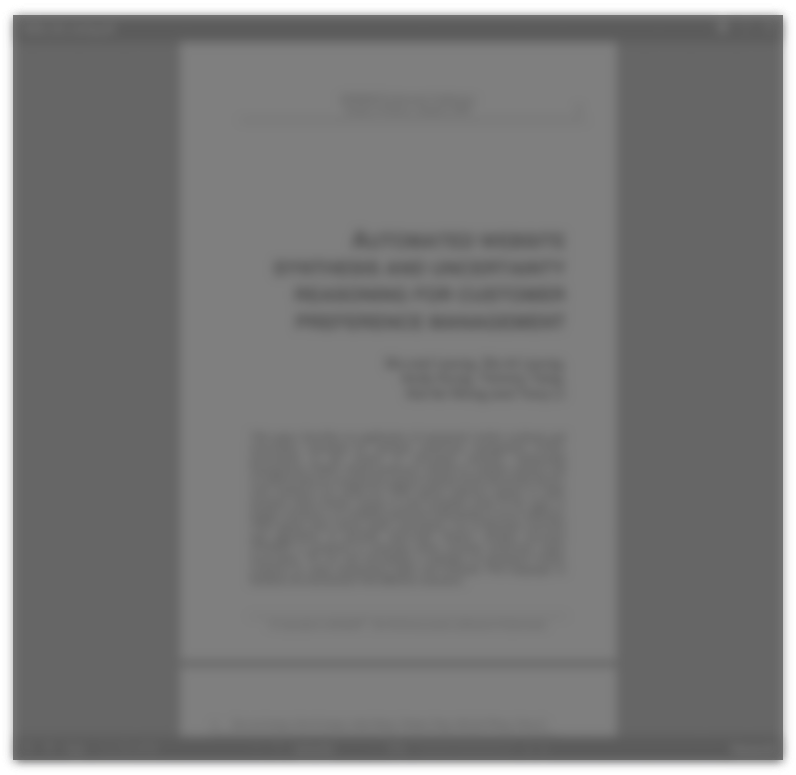
Radio reach and frequency revisited after 25 years: Do quintile probabilities still produce accurate estimates?
Abstract:
Reach and Frequency Models have been actively utilized in the United States for the planning and buying of radio announcements since the 1968 introduction of "Radioâs New Math." Curves built in the late 60's allow users of the medium to predict the estimated reach of a specific schedule as well as the scheduleâs average frequency. Radio, as a medium, has undergone significant changes since the introduction of Radioâs New Math. Curves which drive the models of radio reach were generated from a mid-60âs Politz study of New York radio listening. At the time of the original study, AM radio dominated listenership with over 90% of the total radio listening. Today, FM radio listening achieves almost 70% of the total listening, with AM serving primarily an informational role. Fragmentation of the radio audience has occurred with the average market in the United States supporting about twice the number of radio stations as were in existence at the time of the Politz study. That fragmentation has brought micro-market segmentation with many stations serving very narrow niches. Has the way people listen to radio in the United States changed since the days of the Politz study, or are they using the medium in the same way, just focusing their choice on a more narrow selection of stations? Changes in the way people use radio could have an effect on the drivers which allow accurate estimates of schedule reach. This paper revisits the work originally done by Group W and suggests minor modifications to the two algorithms which predict schedule reach. Data from a comprehensive Birch Research study of seven day listening has been reviewed along with an Arbitron analysis of listening in 10 Arbitron markets. This review suggests that the most widely used of the two models, the daypart combination model, changes little when compared to the original work. The individual daypart model changes significantly in only one of four dayparts. It is recommended that individuals utilizing reach models for radio modify their algorithms to reflect the updates presented in this paper.
This could also be of interest:
Research Papers
 The UK reach and frequency model
The UK reach and frequency model
Catalogue: Radio Research Symposium 1995
Authors: Sue Gray, Steve Wilcox
 July 1, 1995
July 1, 1995
Research Papers
 In-store radio
In-store radio
Catalogue: ESOMAR/ARF WAM Conference 2004: Radio
Authors: Craig T. Gugel, Rob Wolf
 June 17, 2004
June 17, 2004






